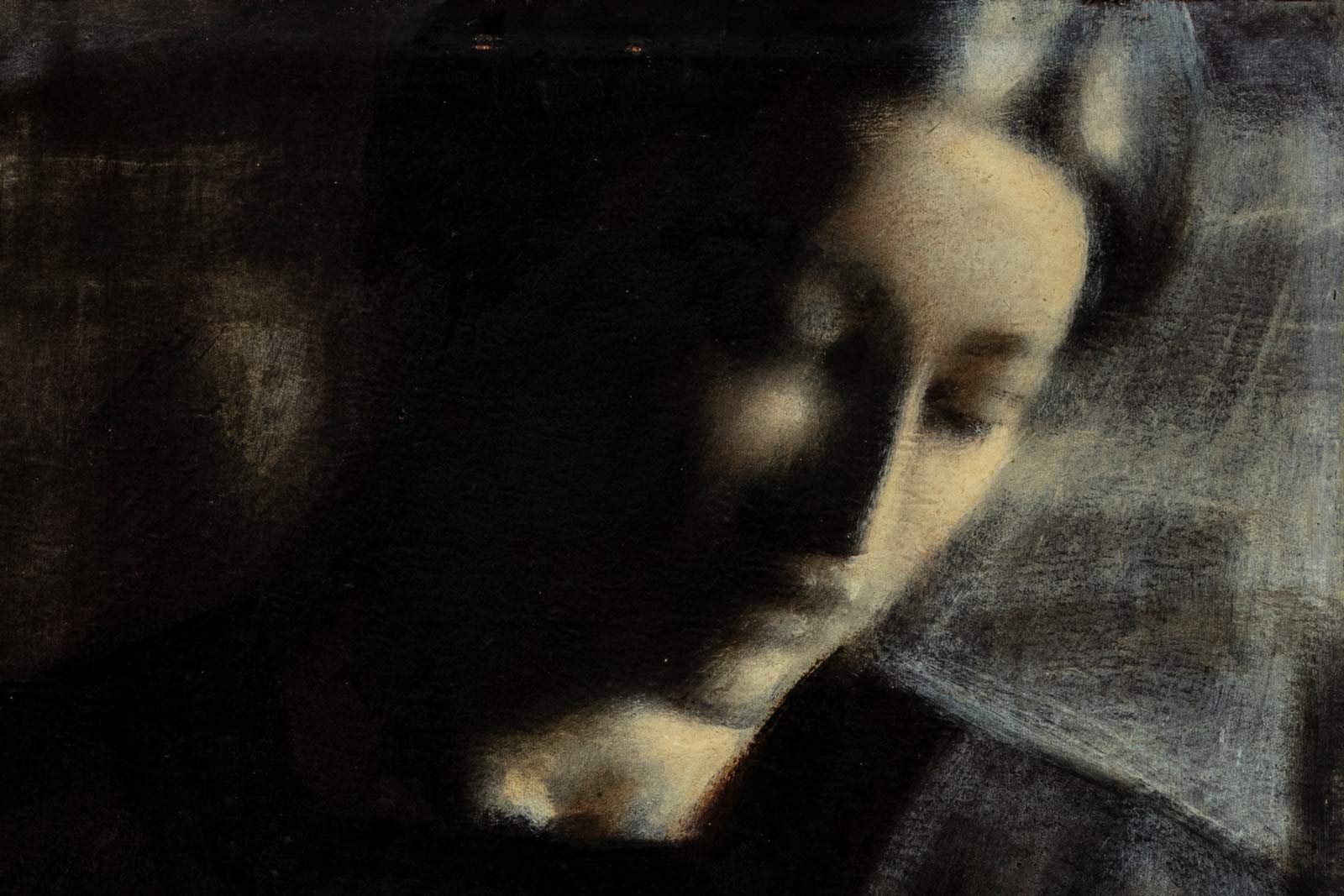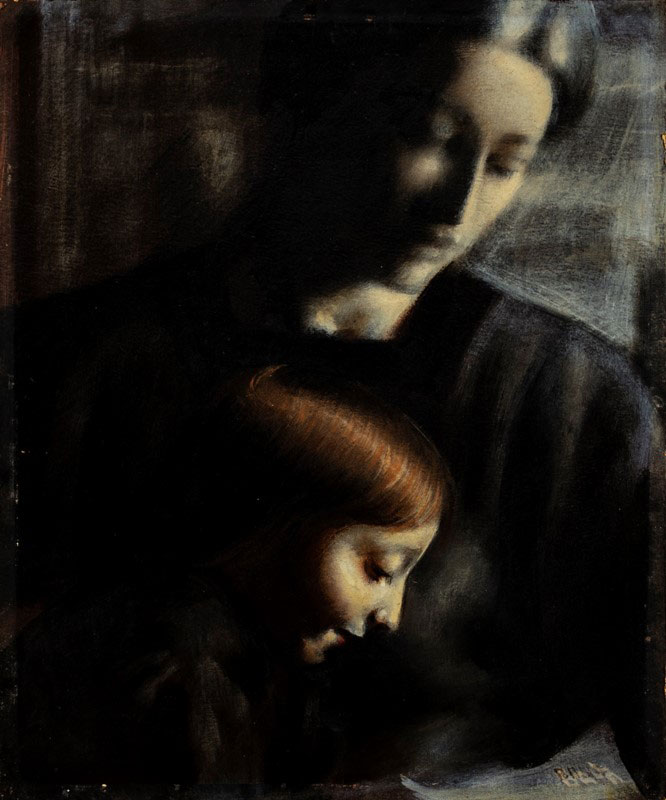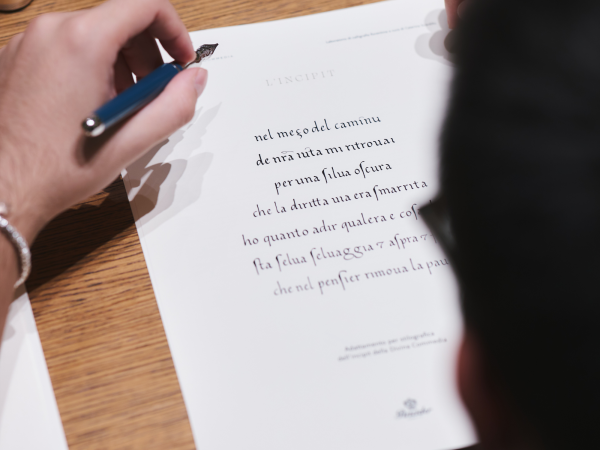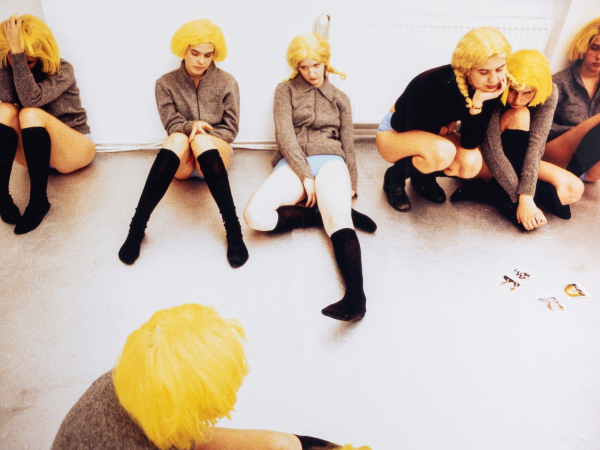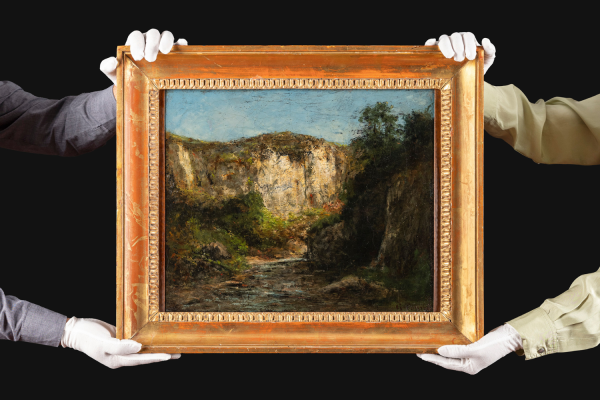There is only one mother. Such a statement is as valid as true for each living creature. For us humans, it entails an even deeper meaning. During our entire life, we stay tightly linked to those who have brought us to life, and we often identify the mother figure with the fulcrum of the family life. A mother represents and, in some cases, is, the family.
Giacomo Balla knew it well, and he dedicated some of his most famous works, both from his Divisionist and Futurist period to portraying his mother. A special and intense bond emerges from each of the canvases, perhaps because his father had passed away. Only thanks to the sacrifices and stubbornness of his mother, Balla managed to venture along his artistic journey. The artist turned the same tender and unique gaze to his own family: his wife Elisa and his daughters Luce and Elica.
A perfect example of this loving gaze is Affetti, a triptych from 1910, currently in the National Gallery of Modern Art in Rome. A sketch of the central panel, oil on panel of 50 x 40 cm, will be presented by Finarte in Rome on May 28th (estimate € 80.000-100.000).
The eldest daughter Luce is sitting on her mother’s legs, perhaps engaged in a reading lesson. A moment of intimacy, during daily life, precious in the tenderness that shines through the faces of the two protagonists. We can well imagine the smile on Balla’s face while sketching this splendid portrait.
In addition to the so-called “affections”, the absolute protagonist of this painting is the light, shaped by the skilled hands of Balla to outline the faces.
Two photographic spots that testify how much Balla looked at photography and the results that his contemporaries such as Elio Luxardo and Arturo Ghergo obtained in that practice, both in the search for particular lighting effects and for the innovative and film compositional cuts.
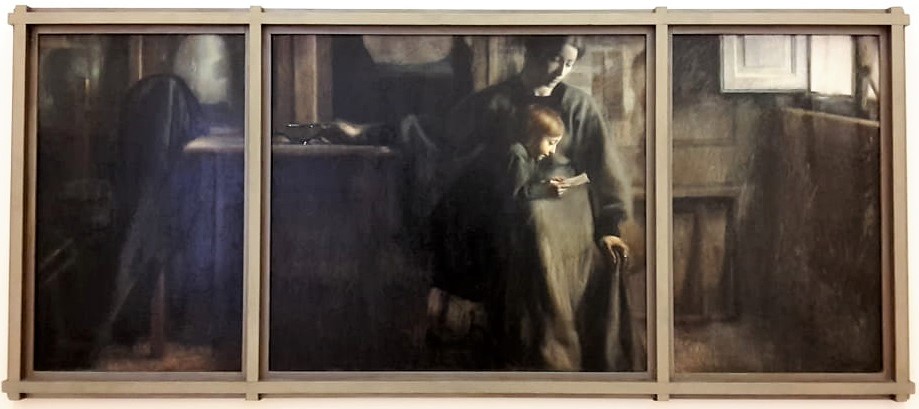
Giacomo Balla, Affetti (1910) – Galleria Nazionale d’Arte Moderna e Contemporanea, Roma
By comparing the sketch with the final work, in the latter, the light is softer, and the shadows are less clear, losing both that expressiveness and the strength that make this sketch unique and magical, in which the mother and daughter faces materialize from nothing and seem to get lost in nothingness.
A finely psychological and representative portrait of the emotions that link two beings: a heartfelt portrait that seems to quote a poem by Edmondo De Amicis dedicated to the figure of the mother:
“She does not have a saying, a smile, a look, an act that does not gently touch my heart. Ah, if I were a painter, I would paint her portrait during my entire life.”
ONLINE CATALOGUE

